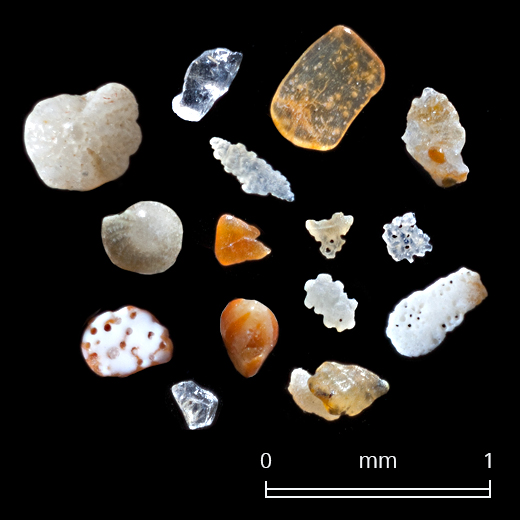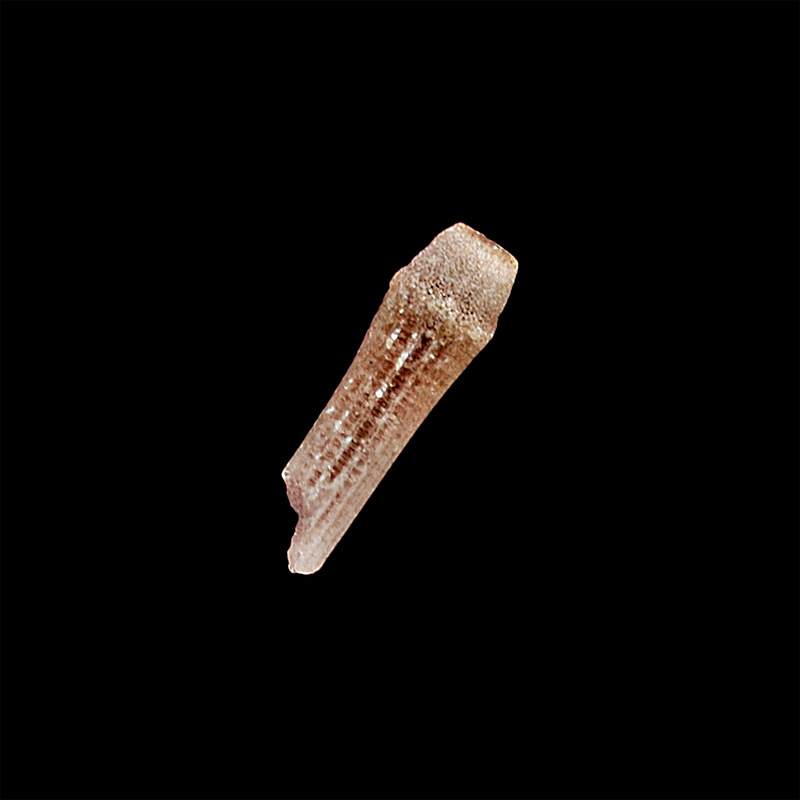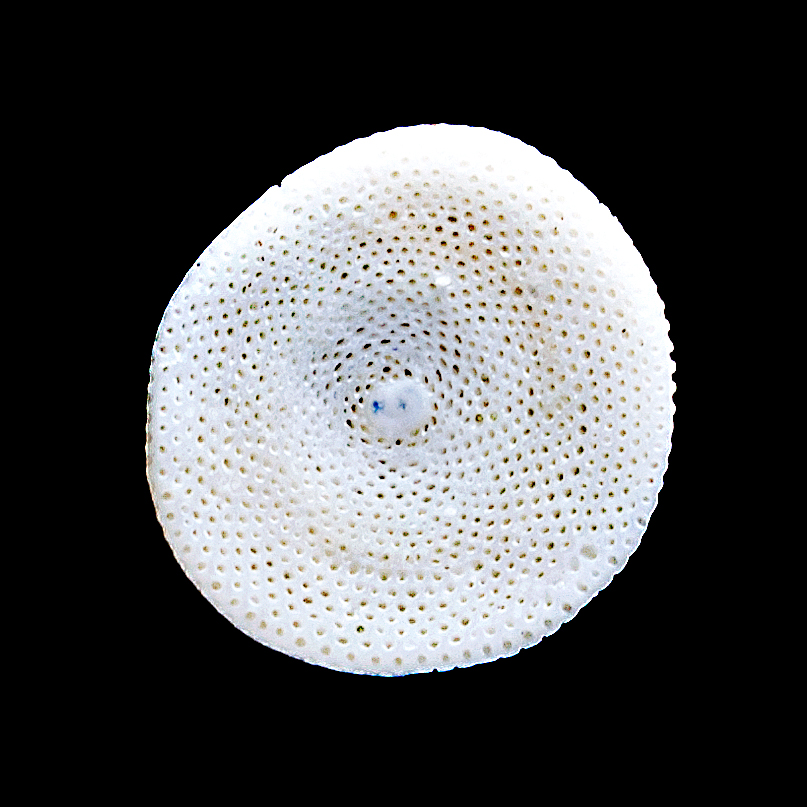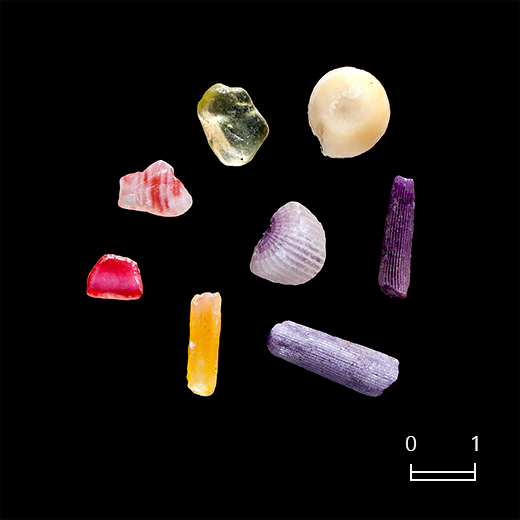Jaw-Dropping Microscopic Sand Images from the Indian Ocean Prove the Difference Is in the Detail
A series of microscopic photos published by Kuoni reveal the incredible details of sand and marine fragments from five Indian Ocean destinations.
The photos, produced by macro- photographer Harold Taylor, compare sand samples taken from beaches in the Maldives, Mauritius, Sri Lanka, Seychelles and La Réunion.
Kuoni initiated the project to refresh people's perspective of the Indian Ocean destinations. The Maldives, Mauritius and other islands are famous for their white sand beaches and turquoise waters but, whilst beautiful, these kinds of photos give the impression that the islands are all very similar. Kuoni's new microscopic sand photos prove that when you explore the smaller details of the islands, they each reveal their own unique character and personality.
Sheena Paton, Product Manager for the Indian Ocean at Kuoni, says “At Kuoni we understand that small details make a big difference. It's amazing to see this quite literally illustrated with the sand images. The biodiversity of the Maldives' sand grains hint at the fantastic reef diving and snorkelling opportunities to try there, whereas the variety of grains from the Mauritius sample reflects the island's more varied coastline, which has lagoons, wetlands and mangroves for you to explore as well as the sandy paradise beaches.”
Kate Clover, co-author of new book Secrets of Sand, says “When viewed under the microscope, sands reveal their local geology and marine ecology. For example, in the sample from Saint Lev in La Réunion, the sand is mostly comprised of reef organisms: purple sea urchin spines, a cream coloured foram, a pink and white striped shell fragment, and a rosy pink grain of coralline algae.”
The shapes, colour depth and textures of the sand are concealed from the naked eye, but Harold Taylor's photos reveal a layer of hidden beauty under the microscope.
The photographer describes the pain-staking process required to deliver such impressive photos: “First I sort through a sample using a stereo microscope and a very thin paint brush, the most time consuming part of the process. I use specialised Canon macro lenses (MPE-65) to reveal the rich mixture of colours but photographing at such high magnifications can be very challenging due to a very shallow focus and vibration problems”.
The method employed includes using electronic flash lighting and a 'stacking' focus technique which uses software to combine several images taken at different points of focus throughout the specimen which are then combined, with only the sharpest areas in focus used to form a single image file.
For the full microscopic sand gallery and more information about the differences between the Indian Ocean islands visit:www.kuoni.co.uk/indian-ocean/beach-sand-photography
These fragments are mostly comprised of reef organisms with fragments of sea urchin spines, shell fragments and a rosy pink grain of coralline algae.
2. Mauritius - North of the island from the public beach of Trou aux Biches
This urchin spine includes the spine base where it attaches to the urchin test (body). Sea urchins use their spines to defend themselves, to capture prey and for movement.
3. Sri Lanka beach by Club Bentota, on the South West coast
Despite their tiny size, the Sri Lanka beach grains show evidence of a rich offshore reef environment including caramel coloured shell fragments and spiral-shaped forams.
4. Seychelles - Anse Lazio, Praslin Island
This beautiful lavender coloured fragment is likely a fragment of coralline algae, a stony kind of seaweed that accumulates in the sand when waves break it loose from the reef.
5. Maldives - West Beach, Bandos Island
This beautiful perforated round disk is a foram, Marginopora, a tiny marine organism related to amoeba. When they die, their shells become part of the marine sediment.
-Ends-
Media enquiries: For further information and images please contact Stephanie Sheehan on stephanie@propellernet.co.uk or call 01273 763634
Press release distributed by Pressat on behalf of Pressat Wire, on Wednesday 11 November, 2015. For more information subscribe and follow https://pressat.co.uk/
Travel & Tourism Main News
You just read:
Jaw-Dropping Microscopic Sand Images from the Indian Ocean Prove the Difference Is in the Detail
News from this source:







